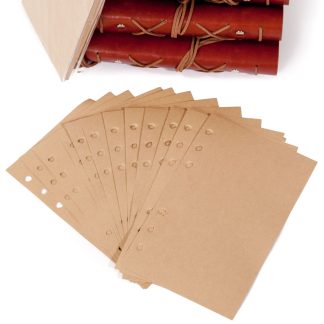Description
Immigration to the U.S. Late 1800sdash;Early 1900s Primary Sources/em are just what teachers need to help students learn how to analyze primary sources in order to meet Common Core State Standards!Students participate in active learning by creating their own interpretations of history using historical documents. Students make observations, generate questions, organize information and ideas, think analytically, write persuasively or informatively, and cite evidence to support their opinions, hypotheses, and conclusions. Students learn how to integrate and evaluate information to deepen their understanding of historical events.The 20Immigration to the U.S. Late 1800s-Early 1900s Primary Sources /emare: Painting titled The Emigrants/em by S. V. Helander–depicts a young Swedish farmer bidding farewell to friends and relatives dash; 19th century Illustration of Irish immigrants to New York withdrawing money from the Emigrant Savings Bank to send to relatives in Ireland dash; 1880 Political cartoon depicting Uncle Sam on the ;ldquo;U.S. Ark of Refuge;rdquo; welcoming immigrants, with cloud ;ldquo;War;rdquo; over them dash; 1880 Political cartoon depicting prejudice against Chinese immigrants dash; 1882 Poster promoting White Star Line–British shipping company that brought many immigrants to America dash; circa late 1800s Newspaper illustration depicting an ocean steamer with immigrants on board passing the Statue of Liberty dash; 1887 Newspaper illustration of crowd of Italian immigrants in New York City arriving to work as contract laborers in coal mines dash; 1888 Map showing distribution of foreign-born population in the United States dash; 1890 Photograph of laundry hanging from clotheslines in a New York City tenement yard dash; circa 1900 Photograph depicting the eye exam administered at Ellis Island dash; circa 1900 Photograph of Mulberry Street in Little Italy section of New York City dash; circa 1900 Document showing U.S. immigration figures for 1903 Photograph of immigrants on the deck of the S.S. Patricia/em, an Atlantic liner dash; 1906 Photograph of Jewish immigrant family working on piecework in the kitchen of their tenement home dash; 1912 Photograph of Polish immigrant family working on farm near Baltimore, Maryland dash; 1909 Photograph of Asian immigrants arriving at Angel Island Immigration Station in San Francisco Bay, California dash; circa 1910 Photograph of Greek emigrants getting into small boats on their way to a steamship bound for America dash; 1910 WWI poster encouraging newly arrived immigrants to support the U.S. government and buy Liberty Bonds to fund the war effort dash; 1917 U.S. government poster offering help to educate immigrants dash; 1922 Aerial photograph of Ellis Island (foreground) in Upper New York Bay dash; 2014Your students will: Think critically and analytically, interpret events, and question various perspectives of history. Participate in active learning by creating their own interpretations instead of memorizing facts and a writer’s interpretations. Integrate and evaluate information provided in diverse media formats to deepen their understanding of historical events. Create a more relevant and meaningful learning experience.span style=”color:#FF0000;”Download the Gallopade Free Online Teacher;#39;s Guide for Primary Sources PDF located in “Additional Info.”/spanAll levels. 8 x 11 inches each. Cardstock.




